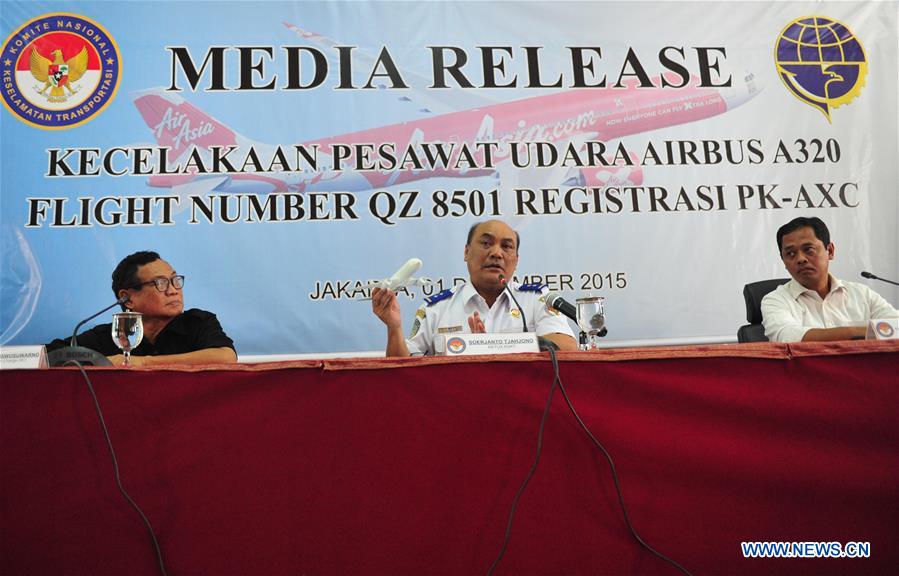-
Tips for becoming a good boxer - November 6, 2020
-
7 expert tips for making your hens night a memorable one - November 6, 2020
-
5 reasons to host your Christmas party on a cruise boat - November 6, 2020
-
What to do when you’re charged with a crime - November 6, 2020
-
Should you get one or multiple dogs? Here’s all you need to know - November 3, 2020
-
A Guide: How to Build Your Very Own Magic Mirror - February 14, 2019
-
Our Top Inspirational Baseball Stars - November 24, 2018
-
Five Tech Tools That Will Help You Turn Your Blog into a Business - November 24, 2018
-
How to Indulge on Vacation without Expanding Your Waist - November 9, 2018
-
5 Strategies for Businesses to Appeal to Today’s Increasingly Mobile-Crazed Customers - November 9, 2018
AirAsia Crash: A Result of Faulty Rudder-Control System
Despite the malfunction, the report described the plane as “airworthy” and said the crew should have been able to recover from the roll or stall if they had correctly followed their training.
Advertisement
According to Alastair Jamieson of NBCNews.com, Indonesia’s National Transportation Safety Committee found that the main flight control computer had a cracked joint that resulted in the system malfunctioning repeatedly.
The interruption of power to the computer caused the autopilot to disengage and removed automated protections that prevent an upset, handing manual control to the crew, they said. The report cites the plane’s maintenance records, which indicate the same piece of equipment had malfunctioned 23 times the previous year.
Soejanto Tjahjono, head of Indonesian National Transportation Safety Committee, holds a plane model as he speaks to journalists in Jakarta on the Flight QZ8501 investigation.
Investigators said there was a failure to “identify repetitive defects and analyse their consequences”.
Flight QZ8501 plunged into the ocean in stormy weather on December 28, during what was supposed to be a routine flight from the Indonesian city of Surabaya to Singapore.
The plane crash triggered a huge worldwide search, with ships and aircraft from several nations involved in a lengthy hunt that was hampered by risky sea waves and bad weather.
Image: AirAsia Airbus A320-200 (PK-AXC) landing at Ngurah Rai International Airport, Tuban, Badung Regency, Bali, eight months before it crashed in the Java Sea. In its final moments, the plane rolled 104 degrees to the left before plummeting at a rate of up to 20,000 feet per minute. “To make the plane go down you need to push, so this order was confusing”, said accident investigator Nurcahyo Utomo. The crew’s inappropriate pulling of the circuit breakers made the flight controls unstable and as a result, many protections were removed.
According to the report, a system that controlled the movement of the aircraft’s rudder failed four times, sounding alarms that could be heard on the cockpit audio recording.
The recommendations contained in the report have been passed on to the airline, Airbus and regulators.
Advertisement
“There is much to be learned here for Airasia, the manufacturer and the aviation@ industry”, Fernandes said.





























